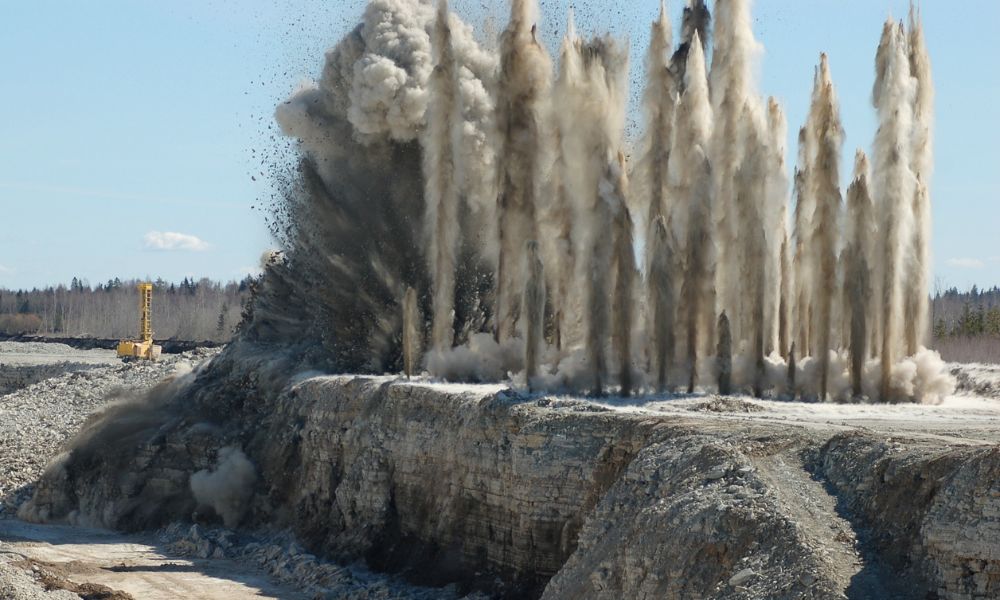The Techniques Used in Modern Quarrying Processes

Before you take that stunning kitchen countertop for granted or marvel at the sleek stone lobby walls of your lawyer’s office building lobby, learn more about where stone like that originates: a quarry.
Quarries are marvels of engineering, where workers extract rock from the ground to use as a valuable resource. The techniques used in modern quarrying have evolved substantially since the days of the chisel, pick and shovel!
Quarry vs. Mining and Aggregate vs. Dimension Stone
Mining typically involves extracting valuable minerals or metals from the earth, while quarrying zeros in on removing stone or rock. Aggregate stone is bulk material the construction industry uses, while workers cut and polish dimension stone for ornamental and architectural purposes like the stunning works of art Michelangelo created. So, how do you get stones out of the earth in a quarry?
Drilling and Blasting Techniques
Since ancient times, humans have found ways to separate rock from the earth to use for building, toolmaking, and art. In the past, and for thousands of years, humans did most of this stone extraction, cutting, and transportation manually, making the cities and pyramids of Egyptian, Mayan, and Inca civilizations, the mysterious Moai statues of Easter Island, and the ancient temples of Greece and Rome even more remarkable.
Modern techniques used in quarrying now include heavy machinery, and even satellite imagery and drones to map each site. Once quarrying companies identify sites to start or expand, they typically employ the following techniques:
- Digging –to excavate the soil and rock above the stone deposit to create a ledge or “bench” for workers to access and process material.
- Drilling – using hydraulic or pneumatic rock drills to make holes deep in the rock to extract samples or make a path.
- Blasting – where workers pack previously drilled holes with explosive material to fracture the rock, making it ready for collection and transport.
Slabs, Not Rubble: The Bench Quarry System
An interesting variation on these methods is known as the “bench” quarry system, which basically involves cutting away large slabs or blocks of stone from a site, leaving natural “benches” of rock intact. This technique allows quarriers to remove rock in stepped layers. As the quarry gets deeper, it takes on a terraced appearance.
The bench system may use drills to create holes to insert wedges or shims. Workers pound these inserts into the afractured rock along a line, allowing them to remove a slab without pulverizing it into rubble. These slabs go on to become kitchen counters, polished wall panels, floors, or works of art.
Environmental Concerns
The environmental impacts of quarrying are worth noting. Quarries can damage ecosystems, reducebiodiversity, increase water pollution, and cause noise disturbances. Some abandoned quarries may fill with water, creating deep but often dangerous or even toxic lakes. However, many modern quarries work diligently to mitigate these factors, with restoration projects and proper waste disposal.
In every stone’s journey from humble rock to a gleaming kitchen countertop or office lobby wall, there’s a rich quarry story. Rock drilling machines, drones, and satellites are part of that story now—a far cry from chisels, hammers, and pickaxes.





